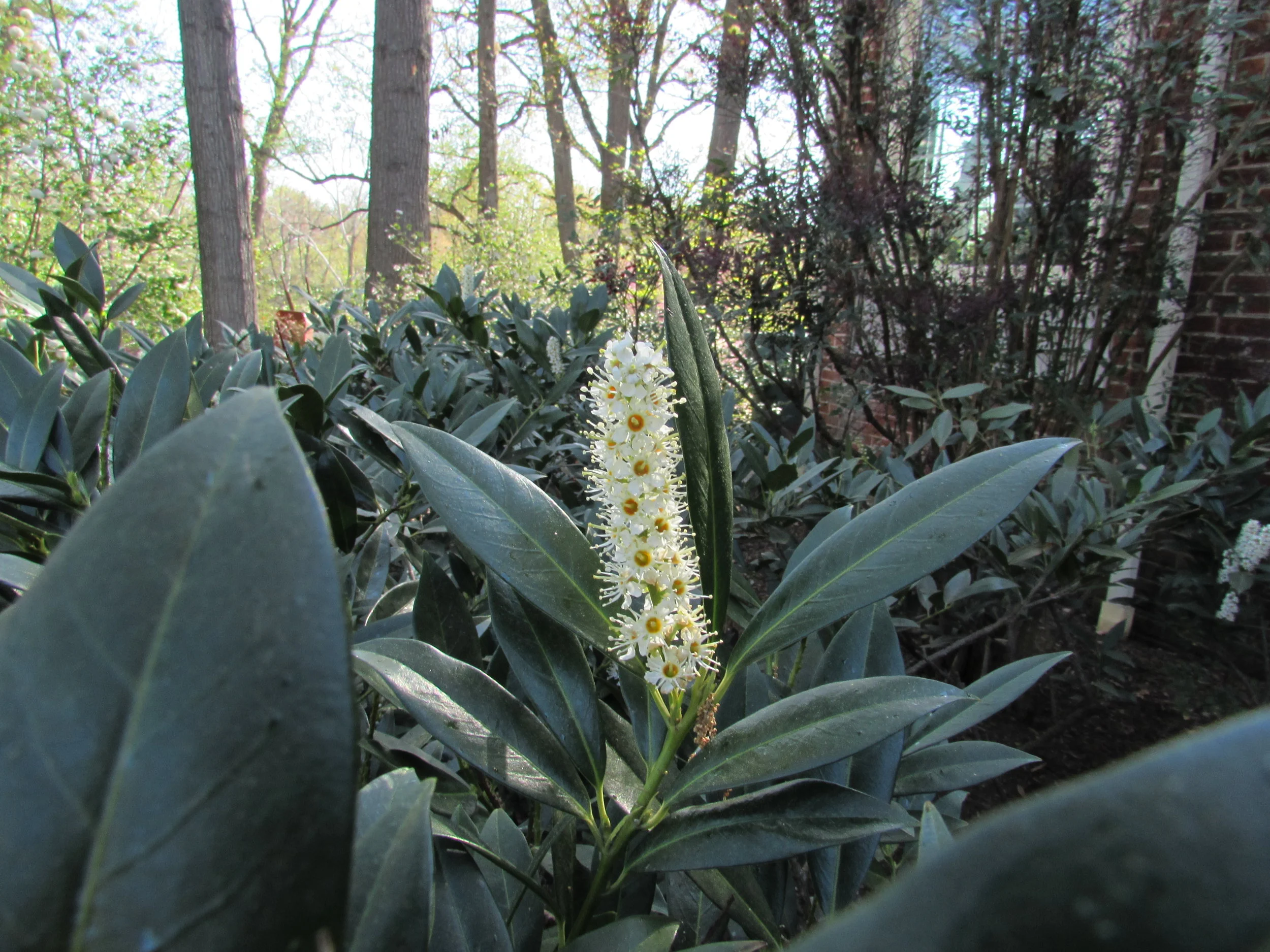Using Social Networking to Support Local Energy Management and Conservation
Thanks to Brian Magierski via a Twitter message I found out about a ZDNet video interview with Pat Lawicki, the CIO of PG&E in San Francisco. Pat is a former client of mine from when she was the CIO at the energy utility NiSource.
In this current interview she discusses some of the strategic IT-related initiatives PG&E is pursuing. These include re-architecting the IT infrastructure and making the switch from manually read customer meters to “smart meters” that provide near real time data on energy consumption.
Lawicki makes some very interesting points about energy metering that a lot of people probably don’t think about. We get our bills every month and we pay them. If the bill seems high for a past time period we wonder about it but can’t really take a direct controlling action.
Smart meters have the potential to change that. Whereas traditional energy consumption meters aren’t connected to a network and have to be read manually, smart meters can supply consumption data continuously to a remote computer. That provides opportunities for monitoring and control that, according to Lawicki, can eventually begin to be acted upon directly by the consumer.
Eventually, she says, consumers will be able to view energy consumption data via the web and take actions to increase energy efficiency and conservation. (She also points out the necessity to increase PG&E’s computing power given the increase in data volume on usage that smart metering generates.)
Lawicki also comments about how long it takes to change the internal culture of a large utility like PG&E. Having worked with several large energy utilities myself over the past decade, I can appreciate that. Also, back in 2006 I conducted several interviews with energy utility managers as part of my Web 2.0 Management Survey and learned what “culture” challenges there might be with adoption of social media and social networking at such highly regulated and structured organizations.
What kind of culture changes will be needed, I wonder, both for energy utility staff and for customers when customers are able to make a much more direct connection between the devices they use at home and their monthly bill? This change has the potential for making the customer-company relationship more interactive than it is now. This raises some interesting questions:
- Who is going to teach customers how to best manage their energy consumption?
- Will the energy company’s call center staff have to develop a new set of counseling and advice-giving skills?
- What new tools will control room staff need to monitor distribution network performance, and will these tools take into account human-supplied information alongside automatically-supplied data from the grid and its increasing number of sensors?
Perhaps there is a role for social networking and social media in helping customers learn and adjust to the increased level of data and control smart meters might generate. For example, what if a customer network were established where customers in a particular area or with a particular type of energy consumption profile can seek out and communicate with other customers about how they are taking actions to monitor and control energy consumption?
Many mainstream companies already manage forums and blogs where customers can communicate among themselves about product and service issues, so this idea is not new. But this is different from how most utilities operate. The idea of engaging directly with customers while enabling them to discuss among themselves issues related to energy consumption, conservation, and billing could be controversial in an industry as highly regulated as energy utilities.
One energy company manager I interviewed in 2006, for example, said that the idea of setting up a blog with open discussion channels with the public would never work, given that the process of vetting standard web page content for legal, policy, and financial implications was so cumbersome at the time.
Perhaps that reaction is unique, but it suggests some interesting public relations and communication issues when customers are given more direct control over aspects of energy consumption that have traditionally been hidden or only indirectly controlled. Traditionally, utility customer seldom interact on a regular basis with the energy utility once service is established and the billing and payment cycle is initiated. Energy company call centers are highly automated with call routing and call handling highly systematized and focused on account handling, service start/stop, service interruption reporting, and billing inquiries.
Inserting the energy company into more decentralized and localized consumer behaviors, conversations, and attitudes — which is what an application of social networking to promote energy conservation might entail — would be a major change from these traditions. Still, energy conservation starts at home, and it just makes sense to me to enlist individual members of the public in as many ways as possible to monitor and control household energy use. Social networking may be just the tool to promote such public involvement.
Related reading
Copyright (c) 2007 by Dennis D. McDonald.



